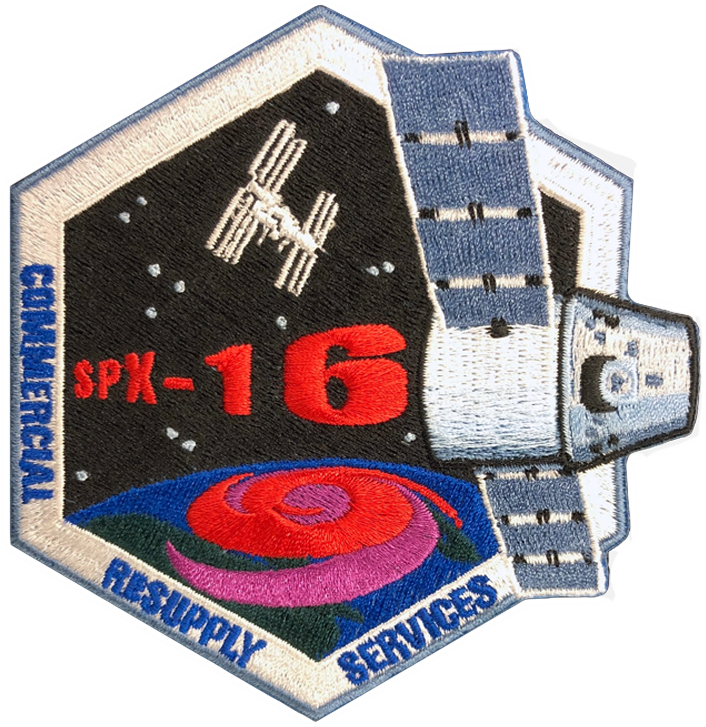The Return of the Eye of Horus
First customer of the falcon heavy is the air force with a packed payload including the eye of horus and most powerful space clock.
FalconSat 7 (Peregrine)
Falcon Heavy (FH), previously known as the Falcon 9 Heavy, is a super heavy lift space launch vehicle being designed and manufactured by SpaceX. The Falcon Heavy is a variant of the Falcon 9 launch vehicle and will consist of a standard Falcon 9 rocket core, with two additional strap-on boosters derived from the Falcon 9 first stage.[8] This will increase the low Earth orbit (LEO) payload to 54.4 tonnes, compared to 22.8 tonnes for a Falcon 9 full thrust. Falcon Heavy was designed from the outset to carry humans into space, and would enable crewed missions to the Moon or Mars.
SpaceX conducted Falcon Heavy's maiden launch on February 6, 2018, at 3:45 p.m. EST (20:45 UTC).[4] The rocket carried a Tesla Roadster belonging to SpaceX founder Elon Musk, as a dummy payload.[9] The next Falcon Heavy launch is scheduled for November 19, 2018[10]
Arrival at Bennu will be marked around November 18, 2018 when OSIRIS-REx arrives at a distance of five Kilometers where the approach will be halted for a period of tandem flying at the 5km distance.
The new launch period for the mission begins May 5, 2018, with a Mars landing scheduled for Nov. 26, 2018.



Falcon Heavy followed by CRS 16 and the launch of SuperDraco.

On February 1, 2012 SpaceX announced that it had completed the development of a new, more powerful version of a storable-propellant rocket engine, this one called SuperDraco. This high-thrust hypergolic engine—about 200 times larger than the Draco RCS thruster hypergolic engine—offers deep throttling ability,[6] and just like the Draco thruster, was designed to provide multiple restart capability and use the same shared hypergolic propellants as Draco. Its primary purpose was to be for SpaceX's LAS (launch abort system) on the Dragon spacecraft. According to a NASA press release, the engine has a transient from ignition to full thrust of 100 ms. During launch abort, eight SuperDracos were expected to fire for 5 seconds at full thrust. The development of the engine was partially funded by NASA's CCDev 2 program. Name: Draco comes from the Greek drakōn for dragon. Draco (constellation) is a constellation (the Dragon) in the polar region of the Northern Hemisphere near Cepheus and Ursa Major.


No comments:
Post a Comment